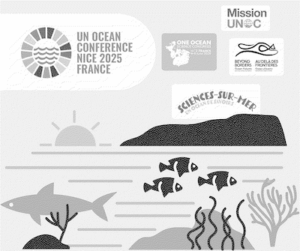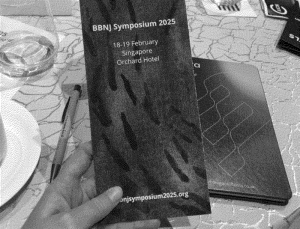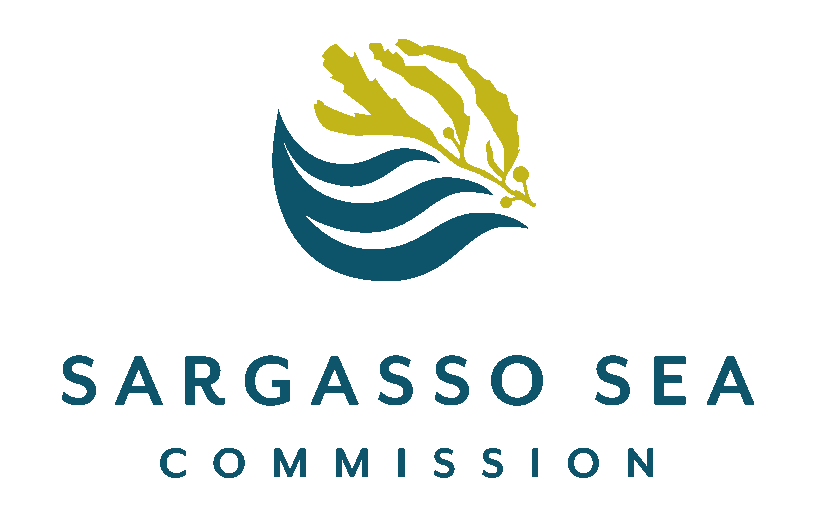
Exploring hybrid ocean governance in the high seas for the Sargasso Sea and the Thermal Dome
THE RESEARCH PROJECT
The ‘SARGADOM’ project focuses on two remarkable high seas sites – the Sargasso Sea in the North Atlantic (‘SARGA’) and the Thermal Dome in the Eastern Tropical Pacific (‘DOM’). The aim of the project is to contribute to the protection of biodiversity and ecosystem services, and to facilitate the development of hybrid ocean governance approaches for the two sites.
–
The Sargasso Sea and the Thermal Dome provide illustrative examples of the value of high seas ecosystems, as well as highlighting the barriers to their protection.
UPCOMING EVENTS
AND LATEST NEWS

Side Events at UNOC3
Upcoming events. Mark your calendars! We will update this page as new information is published. Thank you for your understanding.

United Nations Ocean Conference 2025
UNOC3, the UN conference dedicated to SDG14, is a major event that will take place in France from the end of May 2025. A series of related events will be organized over the nexty month.

BBNJ Symposium
Following its first iteration in October 2023 (Edinburgh, UK), the second BBNJ Symposium will take place from 18 to 19 February 2025 in Singapore. Part of the team makes the trip to attend the event and organize side events.

3rd GloFouling R&D Forum and Exhibition on Biofouling Prevention and Management for Maritime Industries
Sonia took the opportunity to share with the biofouling sector a presentation on the progress made towards the Thermal Dome becoming the first high seas PSSA.

From the COP, remotely!
We are at COP29 Virtual Ocean Pavilion, come and visit the booth.

Expedition to the Thermal Dome begins
Using 3D technology and advanced sensors, scientists will place smart buoys in the Thermal Dome to measure its physical, chemical and ecological properties.






